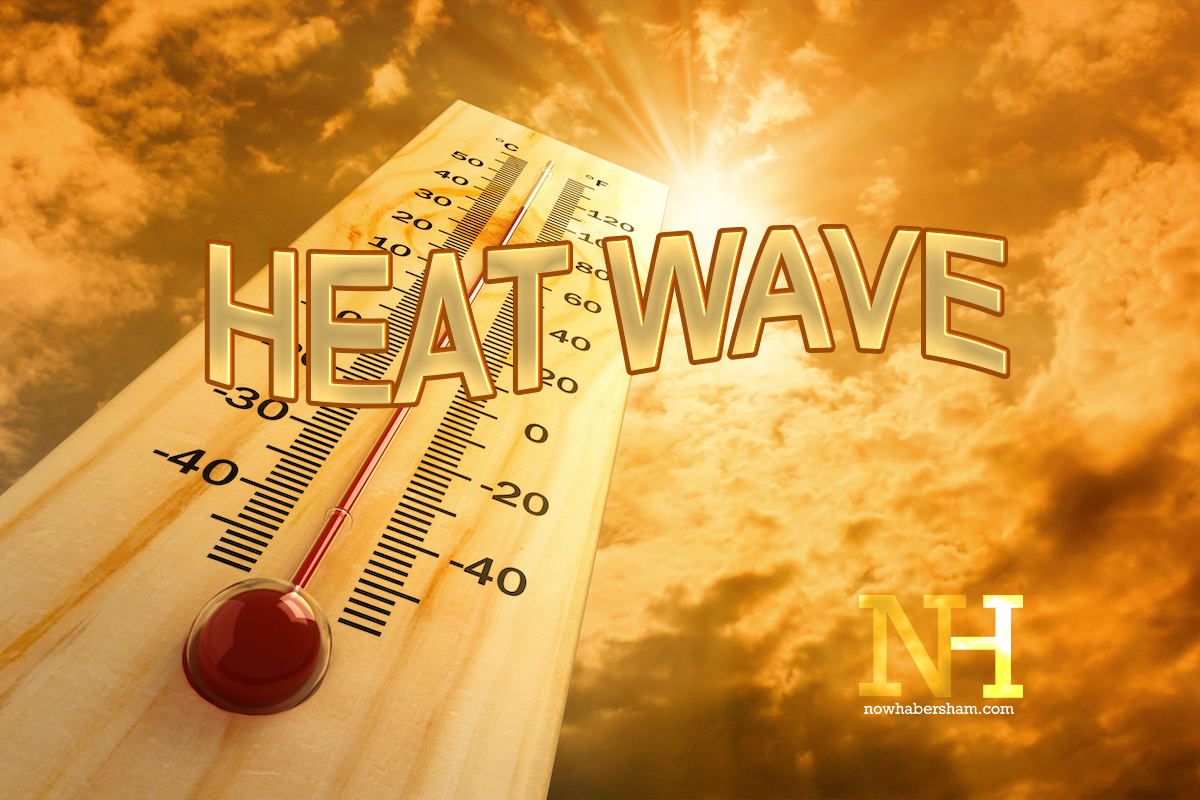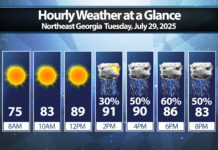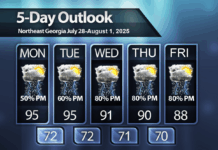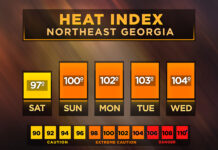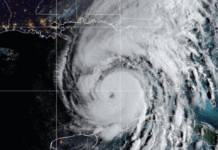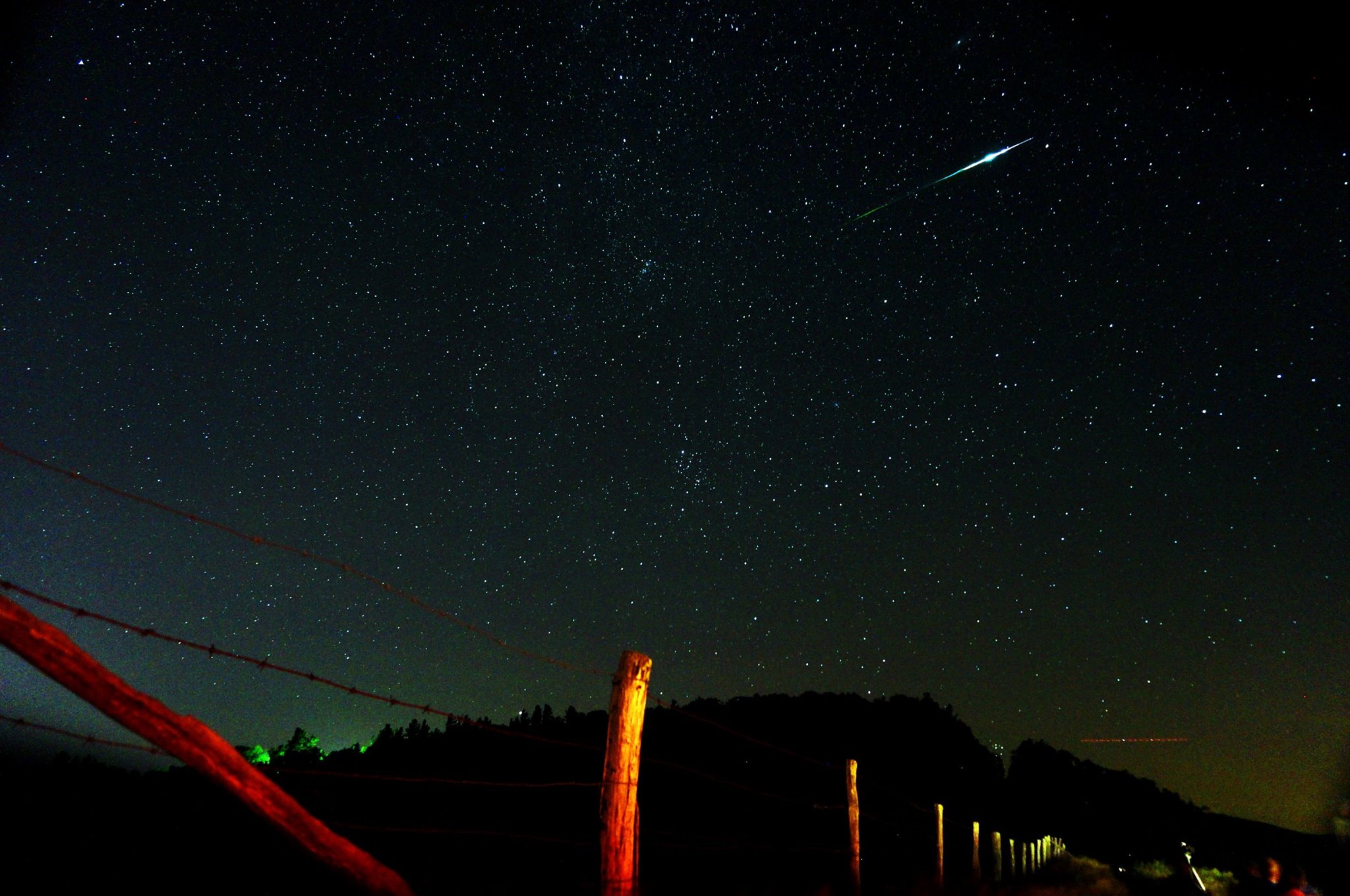
It is the heart of meteor shower season here in the Northern Hemisphere, and for the next few days a pair of them will overlap resulting in likely the best show of the season. Late July into August is always a busy time for meteor enthusiasts, usually culminating in the Perseid shower peak in mid-August. Unfortunately, now may be the best time to be looking this year.
The Perseids
August is normally when we look for the best meteor shower of the summer, and perhaps of the year: The Perseids. This annual shower is ongoing from mid-July to late-August with a peak usually around August 10-14th. This year’s shower is expected to peak on the night of August 12-13th. In a normal year, 40-60 meteors per hour can be seen with this shower from a good dark sky site. Unfortunately, the full moon occurs just a couple days prior on August 9th. This means by the time the peak gets here, most of the meteors will be washed out by the nearly full, bright moon.
Perseids come out of the constellation, you guessed it, Perseus and are most easily seen in the early morning hours from midnight to 4AM when the radiant is highest in the sky. This early in the shower, they will be good for 5-10 meteors per hour at most.
The alpha Capricornids
The alpha Capricornids is a minor, much lesser known meteor shower. The meteors from this shower come from the comet 169P/NEAT.
This shower is not very strong, producing only 5-7 meteors per hour in general. However, due to the dust size left behind by 169P/NEAT this shower is known to produce some good fireballs. These very bright meteors are caused by fairly large pieces of rock burning up in our atmosphere. The recent fireball seen during the day was estimated to be around 3ft wide by the Jet Propulsion Laboratory, though the ones you’ll see during a meteor shower generally measure just a few inches.
The radiant for the Capricornids is the constellation Capricorn (not very inventive naming), which rises high in the sky during the early morning hours. This shower is expected to peak overnight on July 29 into the morning of the 30th.
The Southern delta Aquarids
The Southern delta Aquarids, as you may guess, are best viewed from the southern hemisphere. Their radiant in the constellation Aquarius lies very close to the horizon for us this time of year. Because of this, we get a neat effect of almost none of the meteors moving south, but fanning out from the west, north and east tracing all their origins towards the horizon.
This shower has a maximum peak of 15-20 meteors per hour, although that rate is usually not reached here in the northern hemisphere with a more realistic peak around 10 meteors per hour. This year the Aquarids will also peak overnight on the 29th into the morning of the 30th.
Put them all together
When you put all these showers together, and combine it with the average background of 4-8 meteors per hour, you have a pretty good chance of seeing 20-25 meteors per hour from July 29 into the morning of the 30th. The best viewing will certainly come after midnight. Since the moon is only 27% full it will set early in the evening leaving plenty dark skies.
This is also a GREAT time of year to view the Milky Way, so be sure to take it in as well if you head out for some summertime stargazing!

